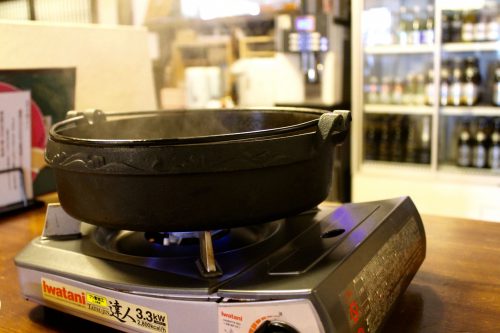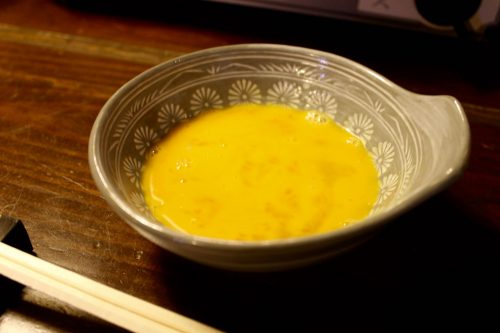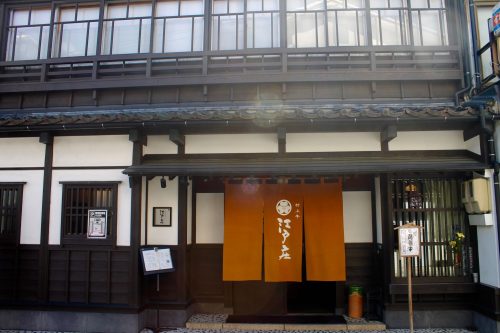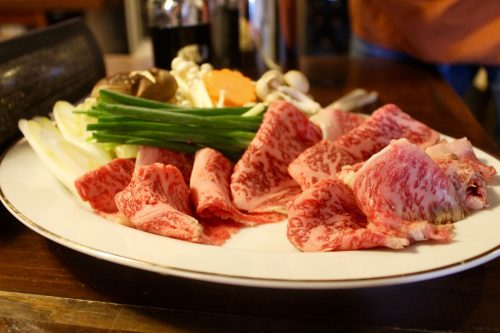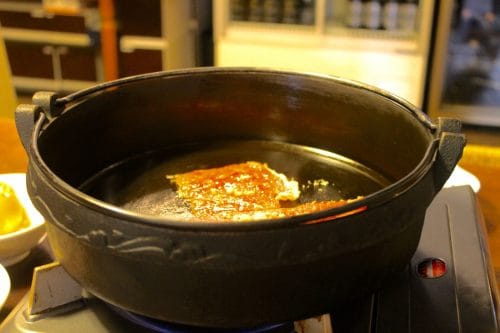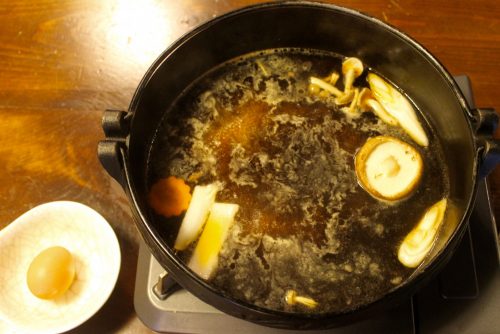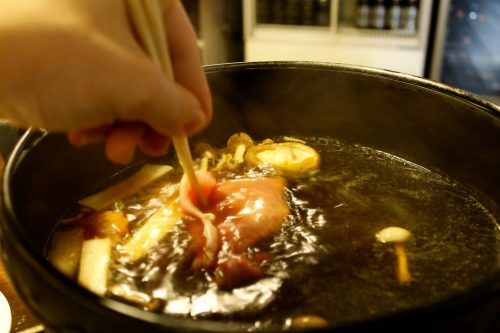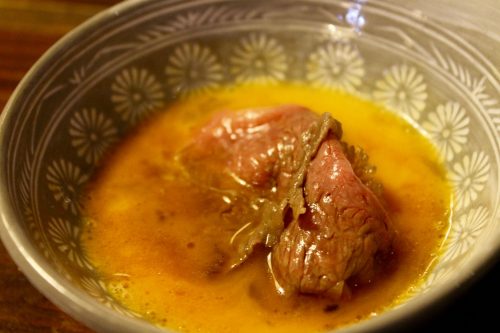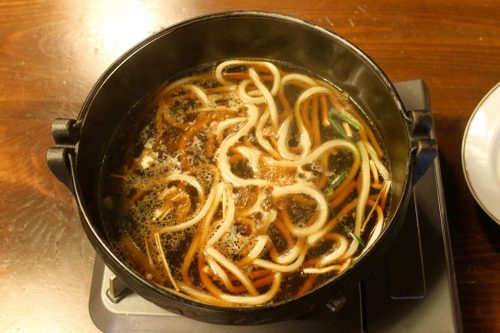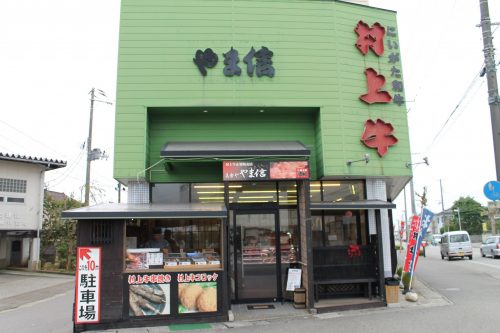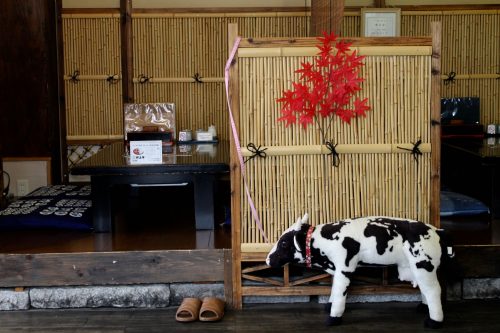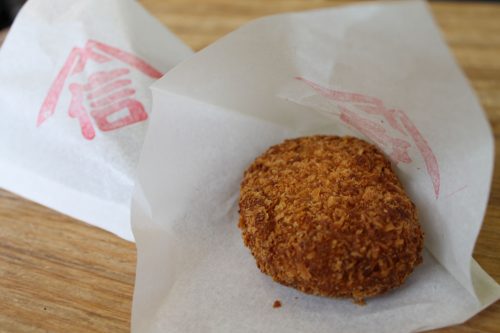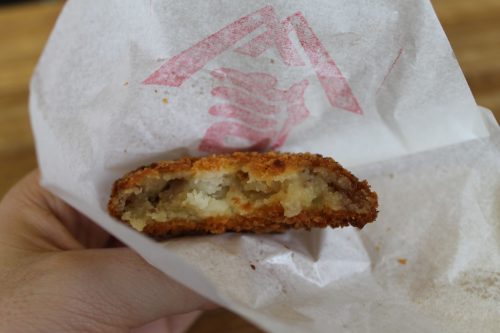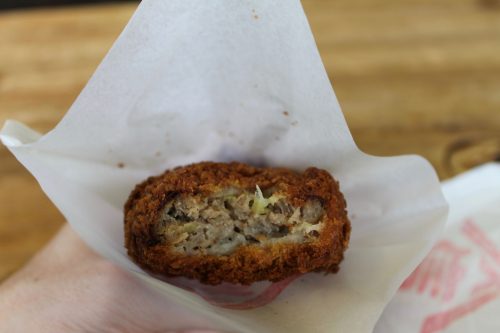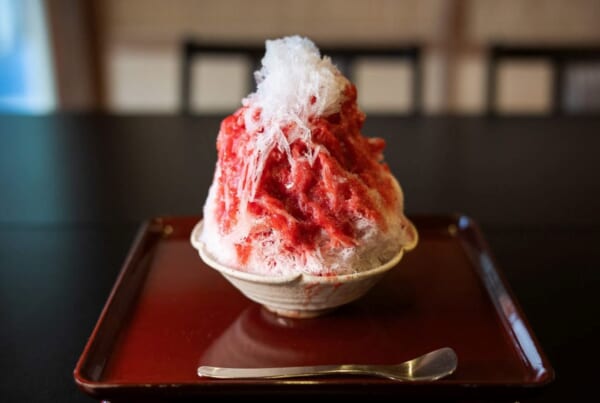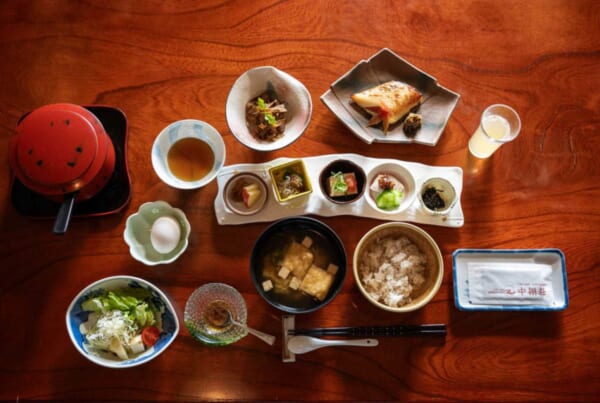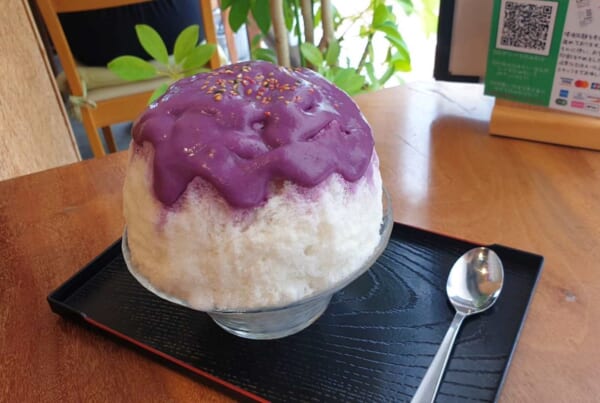Sponsored by Murakami City
Japanese wagyu is world-renowned, luxurious beef with superior taste and impressive marbling. Although Kobe beef and cattle from other regions of Japan may have name recognition, they don’t stand alone among wagyu brands. Murakami, a city in northern Niigata Prefecture, has its own stake in this elite culinary world. Sourced from high-quality black cattle that feeds off of the region’s vast farmlands, there’s plenty to appreciate in a cut of Murakami beef.
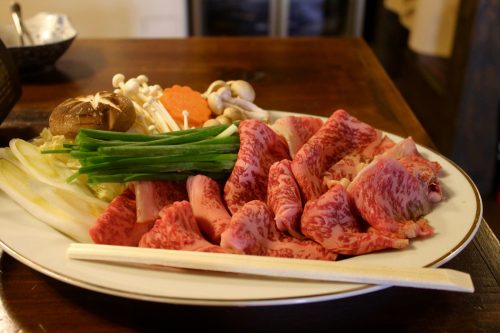
Some may picture a thick steak as the best way to appreciate wagyu, but Japanese cuisine has plenty of alternative uses for high-quality beef. If you’re planning a trip to Murakami, easily accessible from Tokyo via Shinkansen, here are some suggestions on how to best experience the local delicacy, whether you’re looking to splurge on a gourmet meal or are operating on a tight budget.
Wagyu Sukiyaki at Murakami’s Edosho Restaurant
Sukiyaki is a traditional Japanese hotpot meal that features a flavorful and sweet broth of soy sauce, sugar and mirin (sweet rice wine). Unlike your average one-pot dish, sukiyaki includes a novel condiment, raw egg. Every item in the hotpot is dipped in a freshly cracked egg before eating. Although Westerners are at times intimidated by the prospect of uncooked egg, it’s common fare here in Japan. One of country’s most casual breakfasts is tamago kake gohan—simply, raw egg mixed in a bowl of white rice with a dash of soy sauce.
If you’re open to the experience, the best place to try sukiyaki in Murakami is Edosho. Tucked away in a backstreet off one of the city’s main thoroughfares, this spot was known by nearly every local I met over the course of my trip. The restaurant has plenty of dining options, but one of its most luxurious options is a pairing of this delicious hot pot with the finest in Murakami wagyu beef.
Edosho used to operate a nearby minshuku before World War II and their passion for hospitality has carried through the generations and to their new quaint establishment. The dining area is warmly lit with dark wooden floors and frames, and the staff are friendly and happy to guide you through the sukiyaki meal. Keep in mind the portions are generous and best enjoyed by two or a very hungry solo traveler. Even those less versed in wagyu cuisine will be able to recognize the impressive fat marbling on the platter of meat brought to the table upon ordering the Murakami beef sukiyaki (¥7,290, with a reservation).
To begin, your server will cook a few slices of beef straight on the pot, no broth, with a heavy helping of sugar. This opening mixture of sweetness and buttery beef fat will infuse wagyu flavor into the sukiyaki broth. It is also, arguably, the most delicious bite of the meal.
Once the soy sauce, mirin and sugar are added to the pot, and the broth comes to a boil, you can add vegetables (mushrooms, daikon radish, greens, etc.) to the pot. They take longer to cook and will continue to deepen the broth’s flavors. Then comes the showcase of the meal, the Murakami beef. It only takes a few second in the boiling broth for these thin slices of wagyu to cook, best enjoyed medium rare (a mix of brown and pink).
A dip in the raw egg is an essential part of the sukiyaki experience, but you can always enjoy the dish sans egg. The last step of the meal is adding the udon noodles (though be careful not to leave them in the pot for too long or they’ll turn to mush).
Murakami Beef on a Budget at Yamashin, Croquette and Menchi Katsu
Another landmark in Murakami’s culinary scene is Yamashin. This butcher’s shop sells some of the finest cuts of Murakami beef in town, while also taking advantage of its own stock by operating an accompanying restaurant. Although the full-service dinner has plenty of luxurious menu options, Yamashin has established an affordable food stall just outside its restaurant doors. If your wallet can’t handle the sirloin, this is a great opportunity to try Murakami beef at an affordable price.
During my visit to Yamashin I ordered two of their most popular items—beef croquette and menchi katsu. An adopted food staple in Japan, the croquette is a loaded mix of potato and meat with a crunchy breadcrumb crust. It’s a reliable hot and savory classic and the local beef adds an extra dimension.
Menchi katsu on the other hand is a deep-fried patty of ground meat (either beef, pork, or a mixture of the two). Notably, Yamashin’s take on the fried food uses Murakami beef, a sophisticated menchi katsu if I’ve ever had one. I brought my snacks into the restaurant seating area on a quiet afternoon where I savored every last bite.
Whether you’re looking for street food or a sit-down sukiyaki lunch, there’s an opportunity to savor Murakami’s premier wagyu beef during your visit.
[cft format=0]


